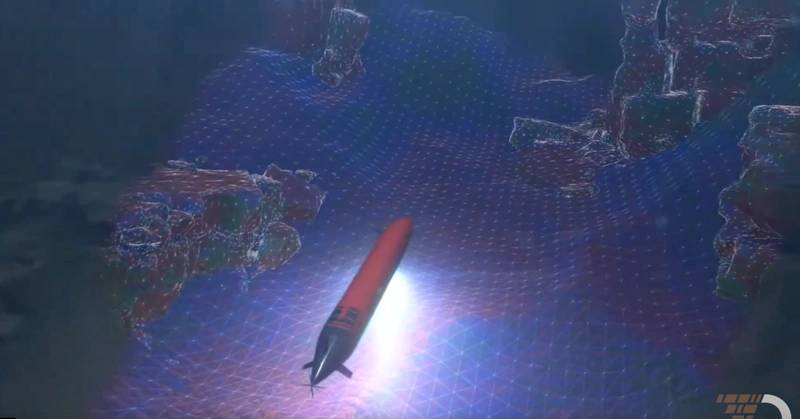Insights
Cloud Data
We need the Cloud to Study the Depths
The Data Movement Challenge in Geosciences
By Nir Elron, Global Director, Growth Verticals & Lyve Edge to Cloud at Seagate Technology
When someone says ‘geoscience’ – the study of the solid earth, its waters, and the air – we think of geologists, conservationists, and oceanographers, working in labs and research centres in remote corners of the world. However, as they carry out the vital work in trying to understand the impact of climate change and tectonic movements on our oceans (the effects of human activity on environments and natural cycles), one crucial factor can severely hamper their progress that is often not considered: data.
Activities like tracking weather and seismic shifts in our waters all create swathes of data that need to be recorded, processed, and stored. In fact, the latest 2022 Global DataSphere forecast report by IDC forecasts that a total of 221 zettabytes (1 zettabyte being one billion terabytes) of data will be generated in the global datasphere in 2026. With data clearly a foundation of geoscience and its related maritime industries, that figure poses a significant challenge.
All too often, our industry’s data infrastructure struggles to keep up with the quantities of information produced. More time is spent on waiting to data to be captured, uploaded, downloaded, and moved, rather than acting on the insights the actual research provides. As such, the data that should be a treasure trove, instead, becomes a bottleneck.
Adding to this issue is the unique challenge of the rugged environments our industry can work in, meaning that on top of managing that data, we need extra measures to keep it secure, accessible, valuable. Researchers and technicians in the field use all kinds of specialist technology to measure everything from seawater composition to minute changes in the atmosphere – it's high time to up-level the sophistication of data management techniques, too.

The data challenge beneath the waves
Humans have been trying to map the oceans for centuries, but the technology that can actually do this is still very young. Even now, the UN Ocean Conference recently shared the update that just under a quarter of the ocean floor is mapped to modern standards. In the maritime industry, it’s a frontier with everything to play for.
However, working in oceanic environments presents unique challenges. Beneath the waves, blanket darkness makes it hard to observe what’s going on. Tidal currents, pressure, mixing water masses, sand dunes, volcanoes, coral reefs and the movements of sealift create a highly dynamic environment that changes second by second. Capturing all that data and transporting it for analysis is no small feat, particularly given the remote, harsh environments in which this industry operates.
In the maritime sector, the transfer of ocean-generated data by autonomous submersible vehicles quickly and securely is a difficult undertaking. It’s simply not enough to rely on networks such as 5G and 4G because the upload speed of data can take days, creating a significant hurdle for researchers. Further, the datasets involved are often terabytes at a time, meaning that such latency is simply unviable. Seagate’s Rethink Data report estimates businesses and institutions only activate and use 32% of their data, representing a loss of value and critical information that the industry cannot afford to miss out on, especially when the stakes are so high.
Yet, this is an industry full of innovative ideas. There are already promising solutions, from tech firms like Terradepth, operating in the maritime sector that could be applied to the broader geoscience industry. Collecting data at the edge – from the most remote oceanic locations – and then transferring it in bulk in a smart array to an on-premise access point means that it can then be automatically viewable and processed. Insights on how warm our oceans are getting, where to conserve marine life, and where we build sustainable infrastructure are too important to be lost by operational oversight or left discarded in a hard drive. By providing a solution like a portable shuttle array, data bottlenecks are alleviated with immediate impact and a reduced time to data.
The future is in the cloud
The technology investments in monitoring devices or unmanned underwater vehicles are impressive, but to get the most use out of that technology, the connecting data infrastructure within the geoscience industry must be just as robust and innovative.
Its clear data has real potential to help our oceans, but it needs to be managed properly. Whether it’s captured underwater or above the waves, to provide the most value, the industry needs to pave the way for a fast and seamless data journey, from the source all the way to the end-user. To achieve this, organizations should consider cloud-based storage, provided that the path to the cloud during the transfer process is unobstructed.
About the Author:
Nir Elron, Global Director, Growth Verticals & Lyve Edge to Cloud at Seagate Technology